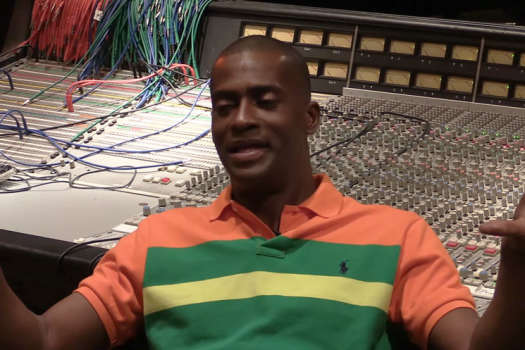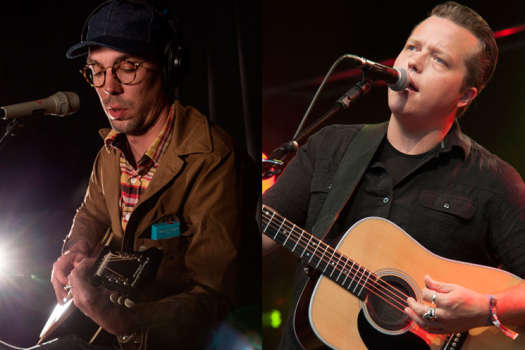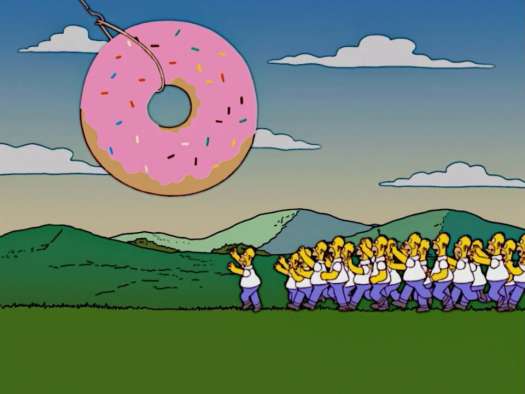Taxi Driver burst onto the film scene in 1976 and planted itself in the apex of cinema conscience, giving Martin Scorsese an undisputed seat at the masters table, established Robert De Niro as his generations most intense, able actor and put screenwriter Paul Schrader on the map. For all three men, Taxi Driver is deemed a "personal project in this fabulous two-disc "Collectors Edition. But the work is so compelling, the vision so unique and the result so incendiary that it raises everyone elses game as well: this is legendary composer Bernard Herrmanns last work; the cinematography from Michael Chapman is legendary; and Jodie Foster announces her presence as a 12-year-old prostitute who, as an actor, matches De Niro move for move. Though it recycles a "making of from a previous "collectors edition, a slew of featurettes reveal everything from New York in the 70s, the camaraderie of Taxi Drivers primary architects, the films themes of self-imposed loneliness, stories from real 70s NYC cabbies to the production challenges faced by filming in New York, and shooting De Niro actually driving a cab at night. Two commentaries utilise different takes: scholar Robert Kolker does a critical analysis of camera placement and perspective, while Paul Schrader provides his personal perspective. The film acts a bit like a history of New York City - Times Square will never look like this again - but its almost shocking how resonant the film seems today. Sure, the "you talking to me? mirror sequence was improvised but theres nothing about Taxi Driver that wasnt a meticulous, considered choice made by skilled craftsmen just starting to explore their powers. Plus: storyboard to screenplay to film comparison, photo galleries, more.
(Sony)Taxi Driver
Martin Scorsese

BY James KeastPublished Aug 15, 2007



